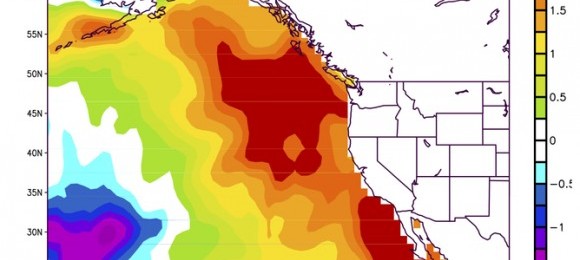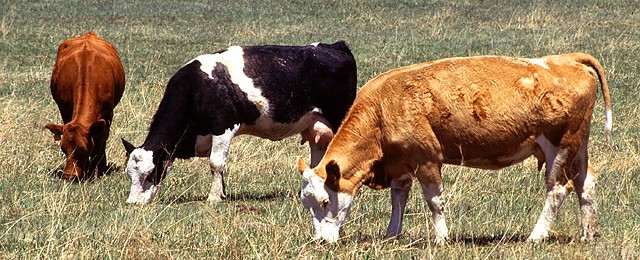Climate and Ag in the news
-

EarthSky had an interesting article this week on how a ‘blob’ of unusually warm water in the Pacific has been changing weather patterns for the last year. This pocket of warm water is in the central Pacific and is separate from the warm water along the equator associated with the present El Nino, although the…
Posted in: Climate and Ag in the news -

In February I posted a story about a UGA project to track harmful algal blooms in Southeastern lakes (link). Now that we are entering the heart of the boating and outdoor recreation season, I think it is worth repeating. Scientists at UGA are collecting reports of toxic algae in lakes at https://www.cyanotracker.uga.edu. You can go to…
-

The latest National Drought Monitor map is out and shows only a very slight increase in dry conditions across the Southeast. Abnormally dry conditions expanded from 17.7 to 19.0 percent of the Southeast, while moderate D1 drought in the southern tip of Florida also expanded slightly. The dry conditions were reduced in Alabama but expanded…
-

Harvest Public Media posted a story online today about the “elusive” impacts that the California drought has had on Midwestern farmers. According to the story, so far benefits to the Midwestern farmers have been limited in spite of the four year drought in California because the CA farmers are mining ground water to keep their…
-

Historical records of climate have only been around for about 150 years, although there are a few earlier records. Yet climatologists often talk about the climate hundreds and even millions of years ago? How do they know what the climate was long before weather instruments were available? The key is the use of what we…
-

AgWeb posted an article this week on changes in the dairy industry across the US. California is still the number one dairy producer, but dairy production has remained flat in California due to the 4-year drought. Growth in other states has been significant, particularly in places where processing capacity has increased. Colorado, Kansas, Texas, Michigan and Indiana are…
-

NOAA’s monthly report on the global climate was released today. It shows that for the globe as a whole, April 2015 was the 4th warmest on record since 1880. They also noted that the latest 12-month period (May 2014–April 2015) ties with the record set last month (April 2014–March 2015) as the warmest 12-month period…